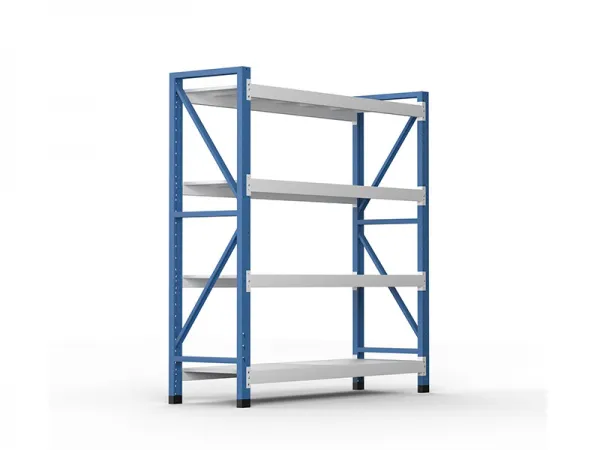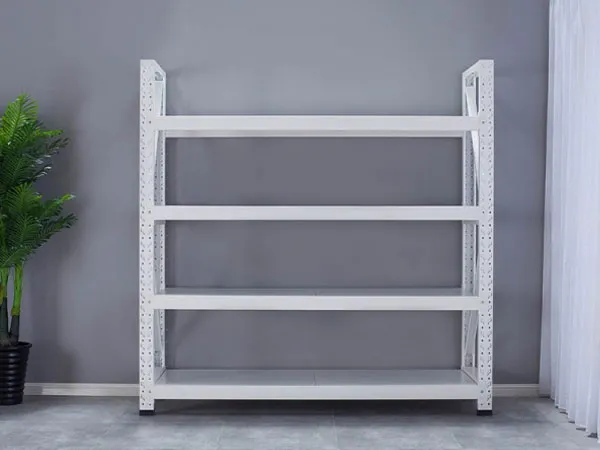Industrial racking systems, also known as warehouse racking systems or storage racking systems, are specialized structures designed to store goods in industrial facilities, distribution centers, and warehouses. These systems maximize storage space, facilitate efficient inventory management, and enhance overall operational productivity. Industrial racking systems are crucial in industries where large quantities of goods need to be stored, organized, and accessed systematically.
Key Components of Industrial Racking Systems

- Uprights: Vertical columns or frames that provide support for the racking system. Uprights are connected by horizontal and diagonal braces to enhance stability.
- Beams: Horizontal bars that connect the uprights, forming the shelves or levels where goods are stored. Beams can often be adjusted to accommodate different load heights.
- Decking: The surface upon which goods are placed. Decking can be made of various materials, such as plywood, wire mesh, or steel panels. It provides additional support and stability for stored items.
- Bracing: Diagonal and horizontal braces between uprights that reinforce the structure, ensuring stability and preventing swaying.
- Load Beams: Beams that support the weight of stored goods. The number and placement of load beams determine the weight capacity of each shelf level.
- Pallets: Goods are typically stored on pallets, which are placed on the racking system. Pallets can be accessed using forklifts or other material handling equipment.
The benefits of using industrial racking systems

- Maximizes Storage Space: Racking systems utilize vertical space efficiently, allowing businesses to store a larger volume of goods within the same square footage. This is especially important in warehouses and distribution centers where space is at a premium.
- Improved Organization: Racking systems facilitate systematic organization of goods. With designated shelves and compartments, it’s easier to categorize products, making inventory management more efficient. This organized structure helps in locating items quickly and reduces the chances of misplacement.
- Enhanced Accessibility: Different types of racking systems allow for easy access to stored items. Whether using selective racks for direct access or pallet flow racks for automatic stock rotation (FIFO), these systems ensure that products are readily accessible for picking and restocking.
…
For more detailed information about the advantages of industrial racking, please click here: https://www.etegreen.com/en/a/news/industrial-racking-system-advantages.html



